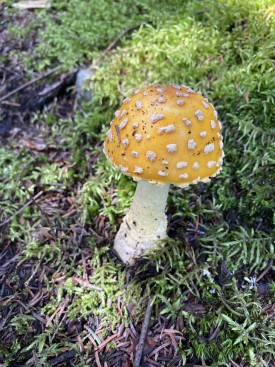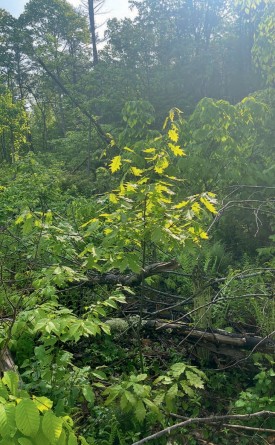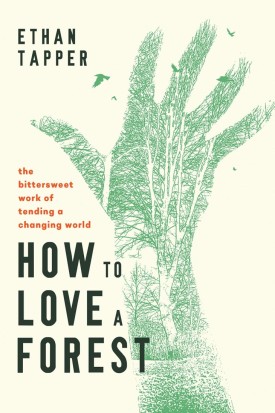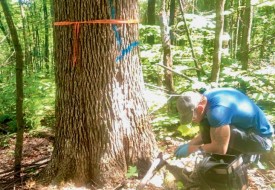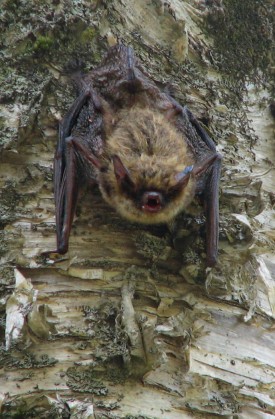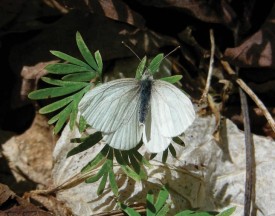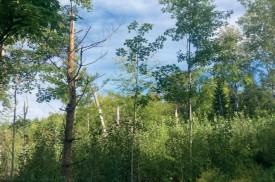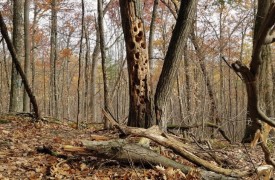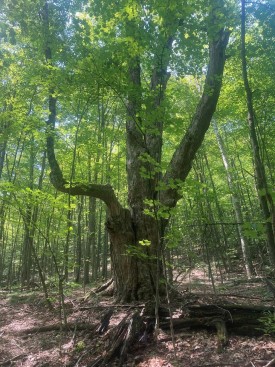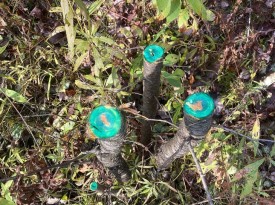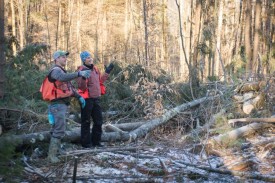What Are Mycorrhizal Fungi and What Role Do They Have in the Forest?
Fungi are a fundamental part of forest ecosystems. They break down dead plant material, releasing nutrients for other organisms to use, and they help plants access water and nutrients needed for…
The Science Behind Tree Rings
We know that tree rings can reveal the age of a tree, but how do these rings form? And what else can they tell us about the life of a tree? In temperate forests, with distinct growing and dormant…
Addressing Deer Over-browsing
Deer browse is having a major impact on my forest’s ability to regenerate. Is there anything that I, as a forest landowner, can do about it? You are not alone! White-tailed deer overpopulations…
How to Love a Forest: The Bittersweet Work of Tending a Changing World
Spending time in the woods can prompt reflection, especially when one has decisions to make. For forester and writer Ethan Tapper, who also pens the Forest Insights column for this magazine,…
Working with Foresters
I just bought a parcel of forestland and I don’t know where to start. Do I need a forester? Even for people who have owned a parcel of forestland for a long time, caring for a forest can be…
Softening Edges
I’ve heard foresters and wildlife biologists talking about “softening edges.” What is an edge, and what does it mean to “soften” one? Why is it important? And how do we…
What Can We Do About EAB?
We know that emerald ash borer is going to kill most of the ash trees in our forest, but is there value in chemically treating a few trees – and, if so, which ones? What about the limited flight…
Selective Cuts
My neighbors are having some trees cut on their land. When I asked about it, they told me not to worry – that it would be a “selective cut.” What is a selective cut? And what does it…
Trail Resilience
With all the extreme weather events we’ve been having, I’ve been seeing lots of erosion on our access roads and skid trails. I’m concerned about losing access to my land and…
Improving a Degraded Forest
I’m trying to promote regeneration on a woodlot that had been high-graded before I took over management of it, leaving mainly diseased beech behind. Deer over-browsing is also a challenge here.…
Summer Bat Habitat
Two of the regular columns in the Summer 2023 issue of Northern Woodlands magazine are related to northeastern bats. Forest Insights describes opportunities to promote summer bat habitat in forests,…
Managing Forests for Bats
I’ve seen some bats flying around the edge of my woods, and I’d really like to help them because I know that they’ve been hit pretty badly by white-nose syndrome. Where are they…
From the Center
I’ve tended to think about deer over-browsing in forests as primarily a tree regeneration problem, because that damage is easy to see. In my own woods, the sad, scraggly remains of hardwood…
Managing Forests for Pollinators
Between 60 and 80 percent of plants growing in the Northeast, including many of our food crops, need pollinators to reproduce. While many people associate pollinator habitat with wildflower meadows…
Creating Complex Early Successional Forest
Forest succession is the process of forest development, a series of stages through which forests progress, each stage following – succeeding – the last. It is tempting to think of…
Keeping Dead Wood
Dead wood, also called woody debris, woody material, or even necromass, is a normal and natural part of forests. Dead wood takes a number of forms, from dead-standing trees (snags) to twigs and small…
The Importance of Legacy Trees
Legacy trees are trees of an older generation that persist in a younger forest. The ecological benefits of legacy trees are many. Their complex bark provides habitat for mosses and lichens,…
Managing Woody Invasive Plants
As our forests awaken from a long winter, some plants green-up sooner than others. While many of our native trees and plants remain dormant, the young leaves of woody non-native invasive plants…
Managing Diversity
Today’s forests must respond to a changing world, with stressors ranging from fragmentation and pollution to invasive pests and a shifting climate. One of the best things we can do to help keep…


